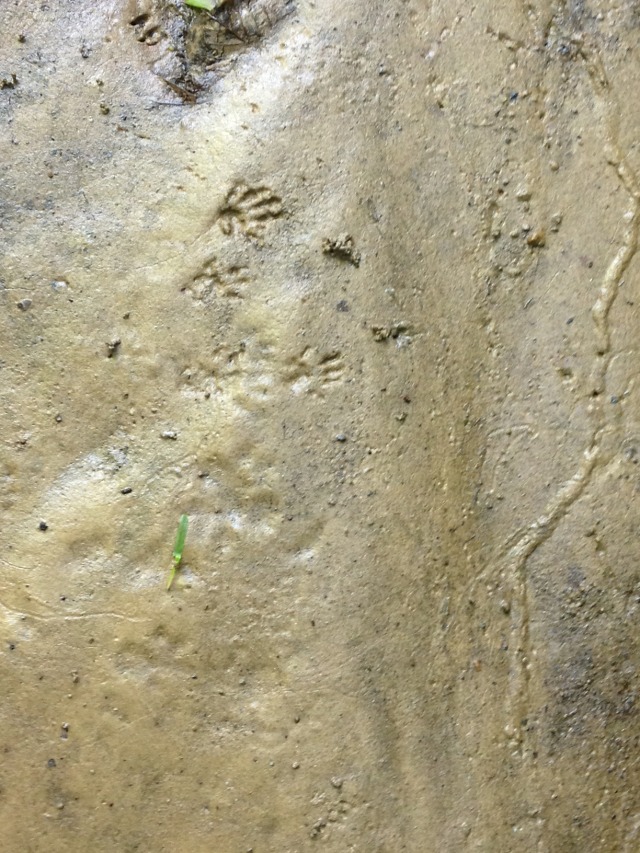by Patrick McShea
Participation in the upcoming City Nature Challenge (April 30 – May 3) can range from using your phone’s camera to document a couple front yard observations, to compiling hours’ worth of observations at multiple sites during all four days of the event. Additional information about the six-county Pittsburgh Region’s efforts in this international project can be found elsewhere on the museum’s website:
City Nature Challenge (how to participate and resources)
Teaching About Local Wildlife with the City Nature Challenge
If you have a little more time available, however, a deeper working knowledge of the City Nature Challenge’s scope, limits, and purpose can be obtained by reviewing the answers the project’s organizers provide to more than a dozen frequently asked questions. One very important aspect of the project addressed in the FAQs page is the broad range of observations that can be collected, interpreted, and compiled via iNaturalist, the innovative phone app that serves as the digital engine for the City Nature Challenge (CNC).
Mud Evidence

In answer to the question, What kinds of observations should I make during the CNC? organizers suggest exactly the range of noticeable phenomena that any naturalist leading an interpretive walk would stop to point out: Any observations of WILD plants, animals, fungi, seaweed, bacteria, lichen, etc. you find in and around your city! Observations of living or dead organisms, or evidence of those organisms, like shells, tracks, scat, feathers, etc., are fine. A photo of raccoon tracks in a muddy creek edge, for example, could count in a CNC tally as evidence of the mammal’s recent passage.

Another type of mud evidence indicates the presence of crayfish. In wet ground adjacent to ponds and streams, burrowing crayfish create distinctive and often fully-cylindrical mud structures above the holes they dig to reach groundwater. A photo of one of these “chimneys” documents the presence of the crustacean excavator somewhere below, but because there are multiple crayfish species in our region, further investigation would be necessary to refine such an observation to the species level.
Plants as Animal Evidence

Sometimes plants can serve as animal evidence. Beavers, for example, aren’t known for appearing in cell phone camera range very often, but their activity, in the form of gnawed tree trunks and branches is easy to document along local waterways, including all three of Pittsburgh’s rivers. When photos of beaver evidence include sufficient detail to identify the impacted tree or shrub, the document becomes a “two-for-one.”

On higher and drier ground, amid stands of goldenrod, the deformed stalks of some plants provide evidence of a specific insect. The globular swellings, which are known as galls, are produced by the plant in reaction to the secretions of a tiny parasitic fly. Females of the goldenrod gall fly, a species know to science as Eurosta solidaginis, lay eggs at the base of goldenrod flower buds. Larvae hatched from these eggs chew into the plant stem where their secretions ultimately result in the creation of a protective winter shelter. The distinctive galls are not fully secure, however. Females of the parasitoid wasp known as Eurytoma gigantea seek out galls and their fly larvae occupants as a food source for their own larvae. Downy Woodpeckers and Black-capped Chickadees are also known to peck into galls to eat the occupants. Most of the galls in the above illustration bear evidence of such bird beak chiseling.
Patrick McShea works in the Education and Visitor Experience department of Carnegie Museum of Natural History. Museum employees are encouraged to blog about their unique experiences and knowledge gained from working at the museum.
Related Content
Cities Are Not Biological Deserts
Carnegie Museum of Natural History Blog Citation Information
Blog author: McShea, PatrickPublication date: April 13, 2021
